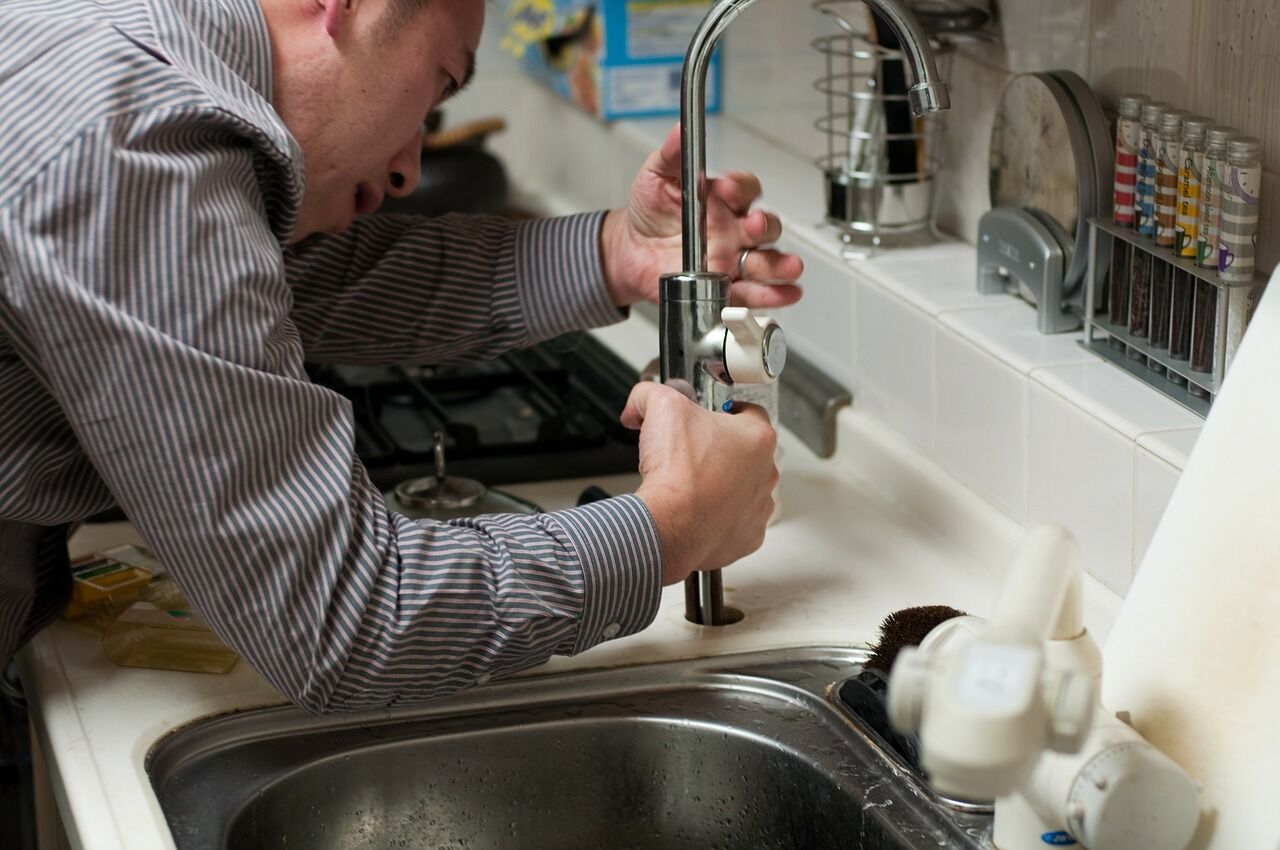
As the famous saying goes, cleanliness is equivalent to godliness, it could not be any truer. Everyone likes to stay in a house, which is clean, and tidy, not only for one’s hygiene and sanitation but also as a projection to the outside world.
There are some simple tips that you can follow to cut down your costs and get an impeccable house, a few of which have been listed below-
Use Mild Dish Soap Or Plain Water
Dishes are something that is used every day, it is a good idea to clean them as, and when they come instead of stacking them up for later. A clean dishwasher gives a tidy look to your kitchen immediately. To clean these dishes, you will need dish soap and a sponge. The type of soap you use and the quantity and technique is important in saving money. This works by primarily preventing wastage due to overuse or wrong usage.
It is always better to use mild dish soap instead of the harsh ones laden with chemicals because not only does it prevents the dishes from getting spoilt, milder dishes are cheaper in comparison to the stronger ones. If you wash the dishes as soon as you finish eating, you can even use plain water to scrub off the initial leftovers so that cleaning becomes easier and less cumbersome.
Clean Daily
Doing the stipulated work every day is going to be helpful in reducing the burden of the work. If you procrastinate, you will end up bulking a lot of work, which will become very stressful later. Tidying up daily is a good idea. Using microfiber brushes to dust areas that commonly get dirty on a daily basis or brooming in the morning is a good habit. Some things might be displaced from their original position; you can put them back where they belong.
Dusting
If dryer sheets are being used, you can keep them to dust your laptop and television screens later. It prevents the leftover static, which holds the dust and is an effective method of reusing.
Choose Reusable Cloths And Mops
Recycling and reusing are the orders of the day. Recycling by yourself might be difficult because of the need for specialized tools, but reusing is something that you can easily do. Using your old clothes and towel as rags to clean the house is a good idea. Newspapers and magazines, something that almost every house has, can be used to clean windowpanes and doors. You can even buy cleaning clothes, which can be reused after washing them in a washing machine once in two weeks. Disposable ones should be avoided to save money and make the process more cost-friendly.
Make Your Cleaner
Do-it-your yourself cleaners are one of the most effective methods of not relying on chemical products for cleaning and saving a lot of money as well. All the ingredients that are used for making your cleaner are easily available in the market. Baking soda, vinegar, liquid soap, and water are the most common ones. Take them in appropriate quantities and use them to clean effectively.
Clean With Baking Soda
Baking soda is a non-toxic cleaner and is used in food as well. It is mainly used for cleaning utensils, fridge, windows etcetera because of the presence of mild alkali, which dislodges the grease and dirt from the surface, which can be later easily removed with water. Baking soda is very cheap as well.
No Shoes
This may sound a bit rude, but it is a conscious decision that you have to take to ensure that your house remains clean. People carry the maximum dirt from outside through their shoes. Therefore, make it a strict rule of not wearing outside shoes inside the house. You can make a customized rack to keep the shoes and may label it for general instructions. Providing alternative shoes might be a good way of keeping up the hospitality but make sure that only the person enters the house and not his or her footwear.
Vinegar: Cheap And Versatile
White vinegar is an ideal cleaning product. Mix it with one portion of water to clean taps of metal, countertops, windows, glasses etcetera. You can even use it to clean the inside part of your refrigerator. This avoiding the use of chemicals in cleaning the area of food storage. It also does not leave behind any lingering smell which gives it an edge over other cleaners.
If you follow the above mentioned easy tips, you will realize that not only is your house clean, you will have extra money remaining. Which is a good reason to follow the tips in this article.









